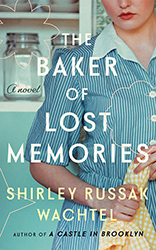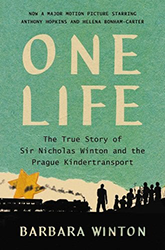Whitney Scharer’s The Age of Light is a work of “bio-fiction” — a fictional biography of a real person. That person is Lee Miller, another in the long line of women who enabled and then outshone a famous man but got no credit for it. The man in Miller’s life was Man Ray, the Jewish pioneering surrealist photographer and painter who grew up in Brooklyn. Scharer’s book is framed by an introduction and an epilogue, both showing events at the end of Miller’s life. The introduction, by itself, is a powerful, unsettling portrait of a profoundly depressed woman, beset by Post-traumatic stress disorder, panic attacks, and alcoholism. It is truly dazzling writing that will leave readers reeling as they experience the waking nightmare of a woman who can’t face her guests, her boss, her husband, or her past.
After the introduction, the book flashes back to Miller living in Paris with Man Ray. In between episodes of that life, we read about her years as a photojournalist covering the blitz in London and then traveling with troops after D‑Day as they liberated death camps and European towns. In these episodes, Scharer recreated the circumstances that led Miller to take each of her iconic war photographs.
The Paris sections describe Miller’s moods, emotions, ideas, responses, meals, and sexual encounters in minute detail. Scharer also paints an intimate picture of interwar Paris, with its intellectual vibrancy and excitement, and includes all the famous artists that Man Ray and Miller knew. Although most are unfamiliar to Americans, they were still critically important modernists.
Miller’s character, as in real life, is exquisitely beautiful. A physically beautiful protagonist is not that common in literary fiction, and it’s intriguing to see how other characters react to her beauty. If readers prefer to read a straight biography of the real Lee Miller, an original artist who led a fascinating life, the author provides a helpful list of all the relevant titles that she used in her research.
Beth Dwoskin is a retired librarian with expertise in Yiddish literature and Jewish folk music.




